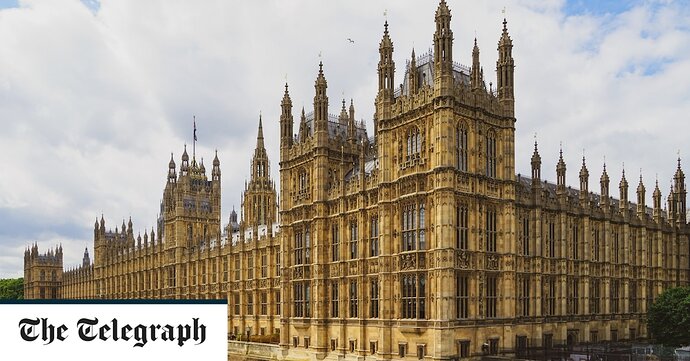The Victorian era refers to a period in British history spanning from 1837 to 1901, during the reign of Queen Victoria. It is widely regarded as one of the most significant periods in British history, characterized by a series of major social, political, and economic changes. This period saw significant advancements in technology, industry, and social reforms, as well as a distinctive cultural expression that left a lasting impact on British society and the world at large.
Social Changes
During the Victorian era, there were significant social changes that transformed the social fabric of British society. The population grew dramatically, and urbanization resulted in the growth of large cities, including London, Birmingham, and Manchester. The growth of urban centers led to overcrowding, poor living conditions, and widespread poverty. This was compounded by the lack of affordable housing and sanitation facilities, which resulted in the spread of diseases such as cholera and tuberculosis.
Despite these challenging conditions, the Victorian era was also marked by a significant increase in wealth and social mobility. The middle class grew rapidly, and new opportunities emerged for women to enter the workforce. The introduction of new technologies, such as the telegraph and the railway, allowed for increased communication and travel, which brought people closer together and created new opportunities for commerce and industry.
Political Changes
The Victorian era was also characterized by significant political changes that transformed the political landscape of Britain. This period saw the rise of political parties, including the Conservative Party and the Liberal Party, as well as the emergence of the working-class movement, which advocated for better working conditions and greater political representation.
One of the most significant political changes that occurred during this period was the expansion of the right to vote. The Reform Act of 1832 extended voting rights to a larger segment of the population, including middle-class men. The Second Reform Act of 1867 further extended voting rights to working-class men, and the Representation of the People Act of 1884 granted voting rights to rural workers.
Economic Changes
The Victorian era was also characterized by significant changes in the British economy. The growth of industry, fueled by the introduction of new technologies such as the steam engine, led to the rise of the factory system and the creation of large industrial centers such as Manchester and Birmingham. This resulted in a significant increase in productivity, which in turn led to an increase in wealth and prosperity.
The development of the railway system also contributed to the growth of the economy. This allowed for the transport of goods over longer distances at a lower cost and created new markets for goods and services. Industry and commerce were further boosted by the growth of overseas trade, particularly with the British Empire.
Cultural Expression
The Victorian era was a time of significant cultural expression, marked by the creation of a distinctive Victorian aesthetic. This aesthetic was inspired by a desire to uphold traditional values, as well as a fascination with new technologies and innovations. The Victorian era was marked by a love of ornamentation and detail, with ornate decoration and intricate designs being used in everything from architecture to fashion.
One of the most distinctive examples of Victorian cultural expression was the Gothic Revival. This movement was characterized by an interest in medieval architecture, and focused on the use of Gothic arches and decoration in buildings. The style was particularly popular in the construction of churches, which often featured decorative elements such as stained glass windows and intricate carvings.
Conclusion
The Victorian era was a period of significant change in British history, characterized by social, economic, and political transformation. Despite the challenges of poverty and disease, the period also saw significant advances in industry and technology. The era was also marked by a distinctive cultural expression that left a lasting impact on British society and the world at large. Today, the legacy of the Victorian era can be seen in the architecture, art, and literature of the period, as well as in the enduring influence of its cultural expressions on contemporary culture.
Disclaimer
6do Encyclopedia represents the inaugural AI-driven knowledge repository, and we cordially invite all community users to collaborate and contribute to the enhancement of its accuracy and completeness.
Should you identify any inaccuracies or discrepancies, we respectfully request that you promptly bring these to our attention. Furthermore, you are encouraged to engage in dialogue with the 6do AI chatbot for clarifications.
Please be advised that when utilizing the resources provided by 6do Encyclopedia, users must exercise due care and diligence with respect to the information contained therein. We expressly disclaim any and all legal liabilities arising from the use of such content.


















